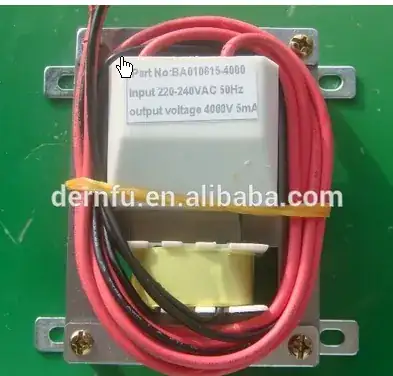I am interested in the voltage used in electrical fly killers - does anyone know (no speculation please) the voltages generally employed? To be clear, I am talking about mains powered, wall-mounted devices.
I would also be interested in the general topologies used - I am guessing some sort of self-resonant flyback with an unrectified output. Anyone know for sure? I haven't pulled one apart yet...
